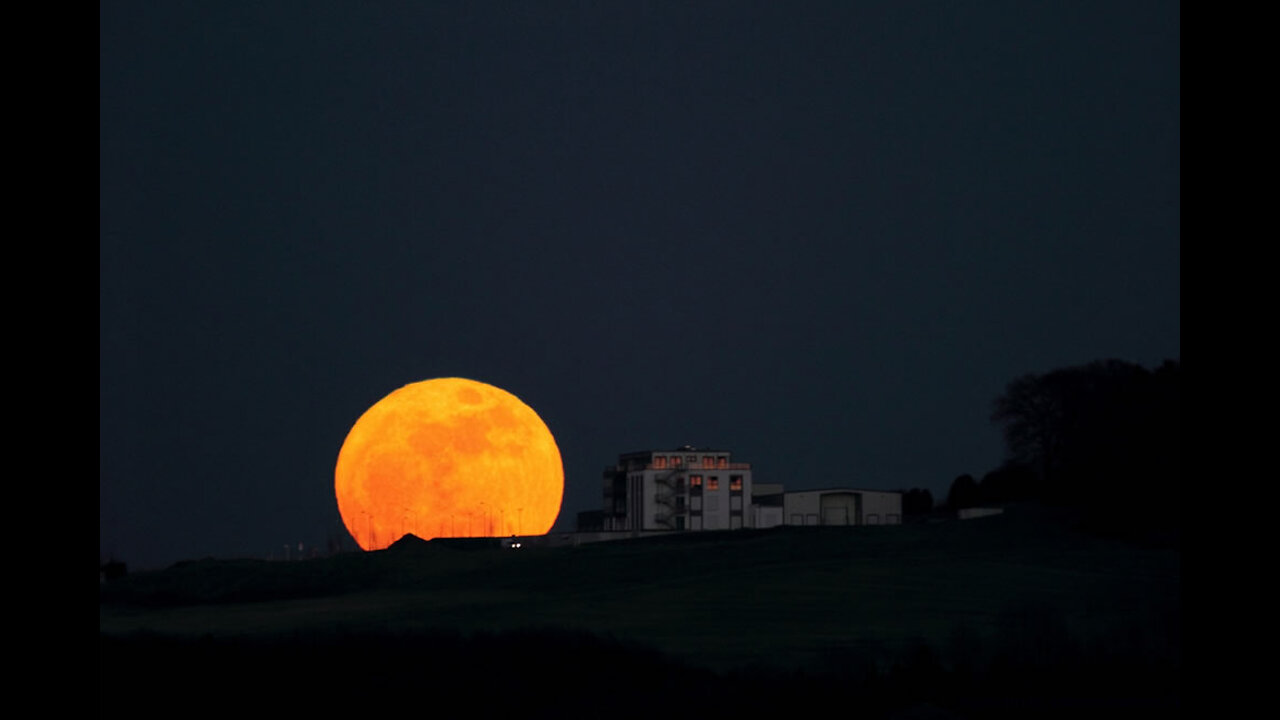Premium Only Content

Magnification of the Sun/Moon Near the Horizon
When light of any kind shines through a dense medium it appears larger, or rather gives a greater glare, at a given distance than when it is seen through a lighter medium. This is more remarkable when the medium holds aqueous particles or vapor in solution, as in a damp or foggy atmosphere. You can see this by standing within a few yards of a street lamp, and noticing the size of the light; on going away to many times the distance, the light upon the atmosphere will appear considerably larger. This phenomenon may be noticed, to a greater or less degree, at all times; but when the air is moist and vapory it is more intense. It is evident that at sunrise, and at sunset, the sun's light must shine through a greater length of atmospheric air than at mid-day; besides which, the air near the earth is both more dense, and holds more watery particles in solution, than the higher strata through which the sun shines at noonday; and hence the light must be dilated or magnified, as well as modified in color. So the Sun as it sets towards the horizon, from a viewer's perspective on Earth, simultaneously gets bigger due to the reason given above, AND smaller due to the law of perspective. The net result is what you see.
http://www.EricDubay.com
http://www.AtlanteanConspiracy.com
http://www.IFERS.123.st
-
 5:56
5:56
EricDubay
25 days ago5 Real-World Flat-Earth Proofs
3.45K9 -
 LIVE
LIVE
VINCE
1 hour agoGavin Newsom Is A Major Trump Fan | Episode 114 - 08/29/25
30,073 watching -
 LIVE
LIVE
Dear America
2 hours agoThe Left Chooses TRANS Over Christianity!! WOKE Mayor Is Doubling Down!!
2,838 watching -
 LIVE
LIVE
Nikko Ortiz
59 minutes agoLive - Reaction Time, News, Politics, and More!
342 watching -
 LIVE
LIVE
Major League Fishing
7 days agoLIVE! - Fishing Clash Team Series: Challenge Cup - Day 6
120 watching -
 LIVE
LIVE
Badlands Media
9 hours agoBadlands Daily: August 29, 2025
2,614 watching -

Randi Hipper
40 minutes agoBITCOIN BULL MARKET ENDING EARLY? PRICE UPDATE
-
 LIVE
LIVE
Total Horse Channel
2 hours ago2025 Gypsy Congress Championship Show | Friday
24 watching -
 LIVE
LIVE
Matt Kohrs
8 hours agoMarket Open Chaos: PCE Inflation Report & Payday Friday || Live Trading
810 watching -
 17:35
17:35
itsSeanDaniel
1 hour agoPro-Transgender Doctor HUMILIATED by Genius Conservative
8